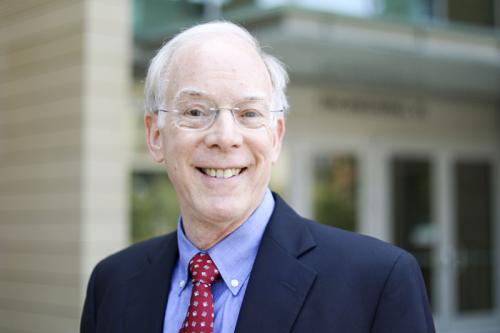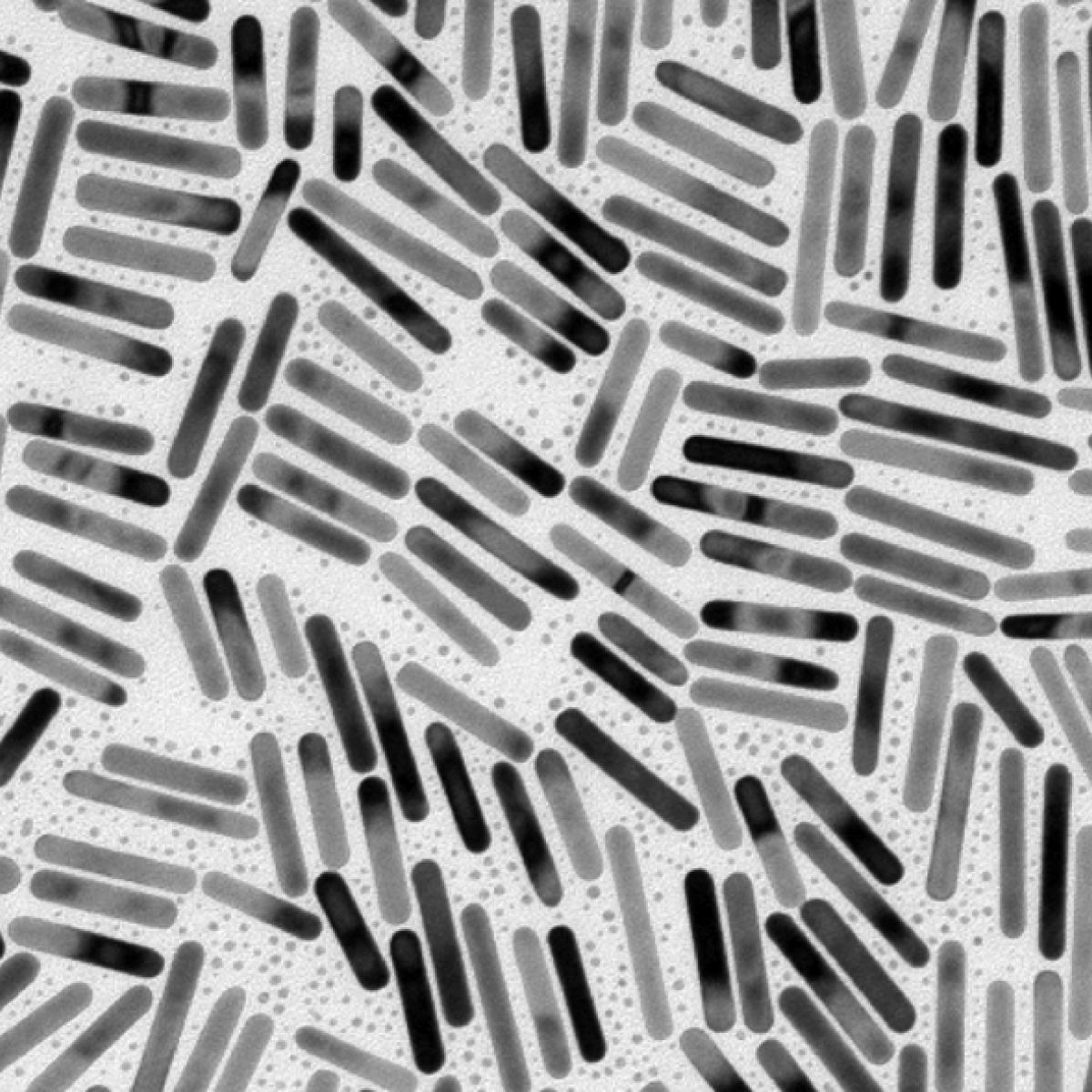
Bruce Dunn, Ph.D.
- Nippon Sheet Glass Chair and Professor, Materials Science and Engineering

Bruce Dunn, Ph.D., utilizes physical science approaches to study stem cell interactions and engineers nanomaterials that direct stem cell differentiation and growth. His work could lead to improved methods for the use of stem cells in disease modeling, drug screening and tissue regeneration.
Dunn creates finely textured surfaces that use chemicals and molecules to keep stem cells in a state of pluripotency or to direct them to differentiate into tissue-specific cells. These surfaces can also draw stem cells together to form patterns. Together with center member Brigitte Gomperts, M.D., Dunn created 3D lung organoids that mimic the air sac structures of human lungs. These organoid models enable researchers to gain unprecedented insights into lung diseases, to study the effects of environmental toxicants on lung tissue and to test new therapies.
A leading figure in the materials science community, Dunn spearheaded the use of sol-gel materials to encapsulate biomolecules in transparent inorganic matrices, thus leading to solid-state materials with biochemical properties. He continues to develop new encapsulation methods for cells, vesicles and antibodies to create functioning biochemical systems. The applications for these methods include the production of biochemical products such as ATP, the development of immunoassays and the fabrication of biological fuel cells.
Dunn also creates materials and coatings with designed optical, electrical, electrochemical and biochemical properties. These materials and coatings are used in a wide range of devices for sensing, energy generation and storage and communications. Dunn hopes his research will lead to novel technologies that meet increasing demand for compact and non-invasive biomedical devices and renewable energy sources that are cost-effective, environmentally friendly and readily available.
Research Projects
- Applying physical science and nanotechnology methods to create novel surfaces to direct stem cell differentiation The process by which stem cells transform into specific, specialized cell types with distinct functions and features. differentiation The process by which stem cells transform into specific, specialized cell types with distinct functions and features. and growth
- Generating aerosols to enhance the efficiency of CRISPR A gene editing technology that enables scientists to remove, add or alter DNA at precise locations in the genome to prevent, treat or cure disease. One component acts as a navigation system that can be programmed to seek out a particular DNA sequence and the other component acts as a pair of "molecular scissors" that can cut two strands of DNA at that location to enable gene modification. CRISPR A gene editing technology that enables scientists to remove, add or alter DNA at precise locations in the genome to prevent, treat or cure disease. One component acts as a navigation system that can be programmed to seek out a particular DNA sequence and the other component acts as a pair of "molecular scissors" that can cut two strands of DNA at that location to enable gene modification./Cas9 delivery to airway epithelial cells for use in gene therapies for lung conditions such as cystic fibrosis Excessive scarring within an organ due to disrupted healing. It can lead to organ dysfunction and is associated with conditions like chronic kidney disease, liver cirrhosis and heart failure. fibrosis Excessive scarring within an organ due to disrupted healing. It can lead to organ dysfunction and is associated with conditions like chronic kidney disease, liver cirrhosis and heart failure.
- Developing and enhancing optoprobe devices for studies of opioid reward and taking steps to share the design, specifications and associated software with the broader research community
-
Degree
- Ph.D., Ceramics, UCLA, 1974
-
